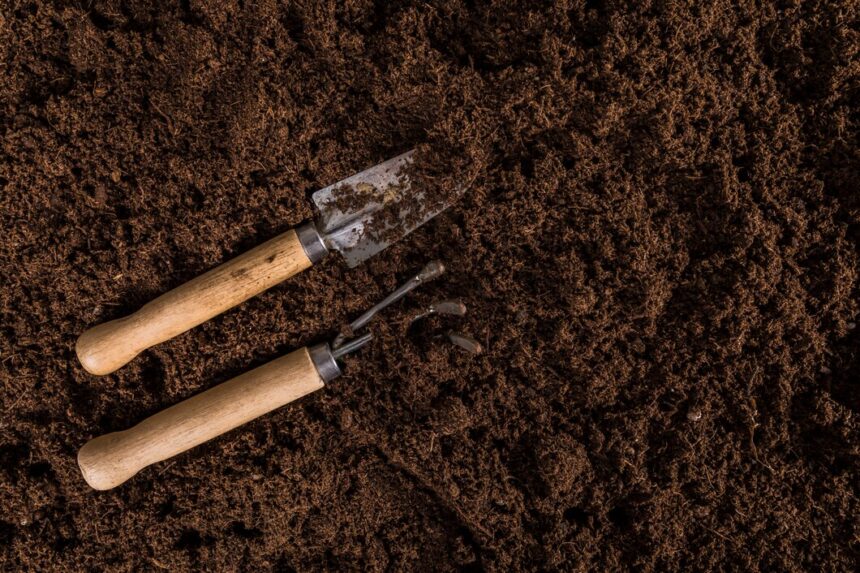Green manuring is an agricultural practice that involves growing specific plants and then incorporating them into the soil to improve soil health and fertility. For South African farmers, green manuring offers numerous benefits and is a valuable tool for sustainable farming. Here’s a guide on the advantages of green manuring and how to get started.
Benefits of Green Manuring
- Improves Soil Fertility: Green manures, particularly legumes like clover and vetch, fix nitrogen from the atmosphere into the soil. This natural process enriches soil fertility, reducing the need for synthetic fertilizers.
- Enhances Soil Structure: The root systems of green manure crops help to improve soil structure by increasing porosity and promoting better aeration and drainage. This enhances root growth for subsequent crops and reduces soil erosion.
- Increases Organic Matter: Incorporating green manures into the soil adds organic matter, which improves soil texture and moisture retention. This leads to healthier soil and better plant growth.
- Suppresses Weeds: Green manures can act as a cover crop, suppressing weed growth by outcompeting them for light, nutrients, and space. This reduces the need for chemical herbicides.
- Reduces Soil Erosion: By covering the soil, green manures help to prevent soil erosion caused by wind and water. This is especially important in regions prone to erosion or where soil conservation is a concern.
- Promotes Beneficial Microorganisms: The decomposition of green manures fosters the growth of beneficial soil microorganisms, which are crucial for nutrient cycling and overall soil health.
- Prevents Nutrient Runoff: Green manuring helps to trap and retain nutrients in the soil, reducing the risk of nutrient runoff into water bodies, which can cause pollution.
How to Get Started with Green Manuring
- Select the Right Green Manure Crops: Choose green manure crops suited to your soil type and climate. In South Africa, legumes such as cowpeas, beans, and vetch, as well as non-legumes like rye and mustard, are popular choices.
- Plan the Timing: Decide when to plant your green manure. Ideally, green manures should be planted after harvesting your main crop and before planting the next one. They can be grown during the off-season or as a cover crop in between main crops.
- Prepare the Soil: Before planting green manure, prepare the soil by tilling or using a no-till method to ensure good seed-to-soil contact. This will help in the successful establishment of the green manure crop.
- Sow the Seeds: Follow the recommended seeding rates and planting depths for your chosen green manure crops. Ensure even distribution and good soil contact for effective germination.
- Manage the Crop: Monitor the growth of the green manure crop. Ensure it receives adequate water and nutrients. Manage pests and diseases if necessary, but avoid using chemical treatments that could undermine the benefits.
- Incorporate the Green Manure: Once the green manure crop has reached the appropriate stage (usually before flowering or just as it begins to flower), incorporate it into the soil using a plow or harrow. Allow the plant material to decompose before planting the next crop.
- Monitor Soil Health: After incorporating the green manure, monitor soil health and fertility. Conduct soil tests to assess the improvements and adjust future green manuring practices as needed.
- Evaluate and Adjust: Evaluate the impact of green manuring on your crops and soil. Adjust your practices based on observed benefits and any challenges encountered.
Green manuring is a sustainable farming practice that offers multiple benefits, including improved soil fertility, enhanced soil structure, and reduced need for synthetic inputs. By selecting appropriate green manure crops, timing their planting, and managing them effectively, South African farmers can harness the power of green manuring to boost soil health and achieve more productive and sustainable farming outcomes.
Join 'Farmers Mag' WhatsApp Channel
Get the latest Farming news and tips delivered straight to your WhatsApp
CLICK HERE TO JOIN






